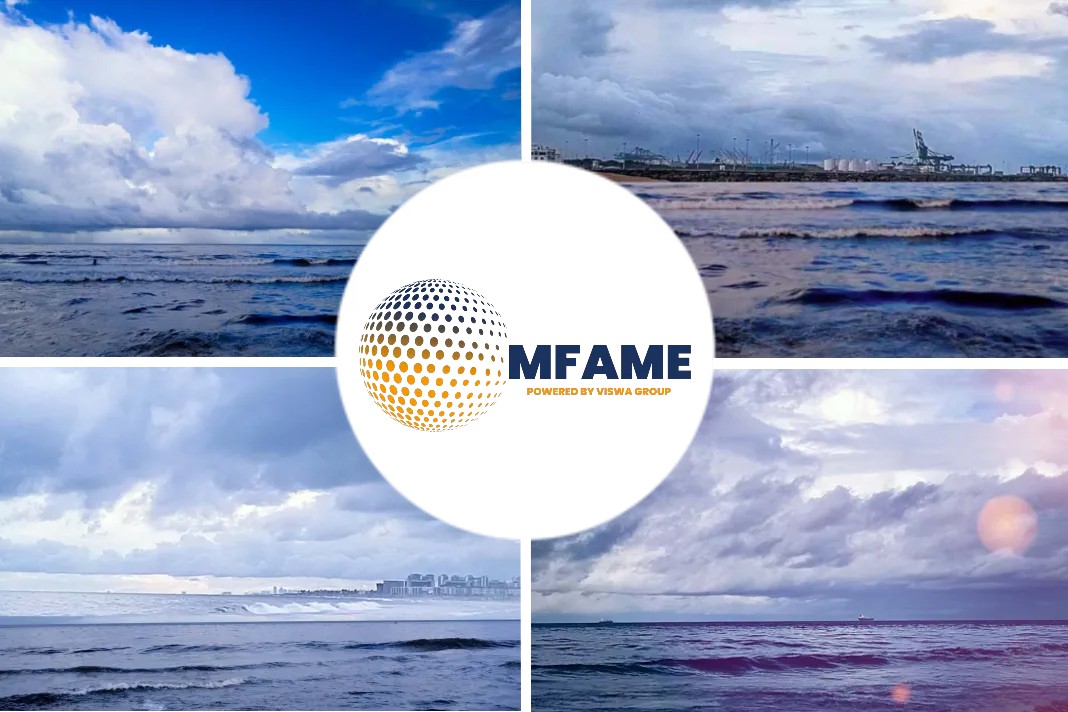Ships entering the Northwest Passage area increased 44% from 2013 to 2019, the latest report from the Arctic Council’s Working Group on the Protection of the Arctic Marine Environment (PAME) shows, reports offshore energy.
What Data Suggests
Specifically, in 2013 some 112 unique ships entered the area travelling an average distance of 2.98 nautical miles, while in 2019 this number increased to 160 with average distance sailed standing at 6.17 miles.
Some of the most common ship types to navigate the area include bulk carriers, general cargo ships, fishing vessels and cruise ships.
The majority of commercial ships operating the Northwest Passage are Canadian, followed by ships flagged from Marshall Islands, Panama and the Bahamas.
The report has identified six primary routes being used by ships, as shown in the map below.
Even though there is no official definition of the Northwest Passage, the report uses the definition of Arctic Waters, set out under Canada’s Arctic Waters Pollution Prevention Act, to establish geographic scope.
Complex Geographies
The waterways surrounding the Canadian Arctic are comprised of approximately 36,000 islands, making it one of the most complex geographies on Earth.
The area is populated by a network of coastal Canadian communities
without road/rail transport to the south.
The report is indicative of the increasing usage of the Arctic shipping routes by the shipping industry, which has been at the center of environmental concerns of NGOs.
Very Delicate Marine Environment
Specifically, the increasing number of ships in the area has meant greater black carbon and GHG emissions jeopardizing the very delicate marine environment in the area.
Organizations like the Clean Arctic Alliance continue to call for a mandatory measure requiring all ships operating in and near to the Arctic to switch to distillate fuels or other cleaner fuels to protect the region.
The alliance believes it necessary for all shipping to move from oil-based fuel to other cleaner fuels or other methods of propulsion.
Did you subscribe to our daily newsletter?
It’s Free! Click here to Subscribe!
Source : Offshore Energy


















